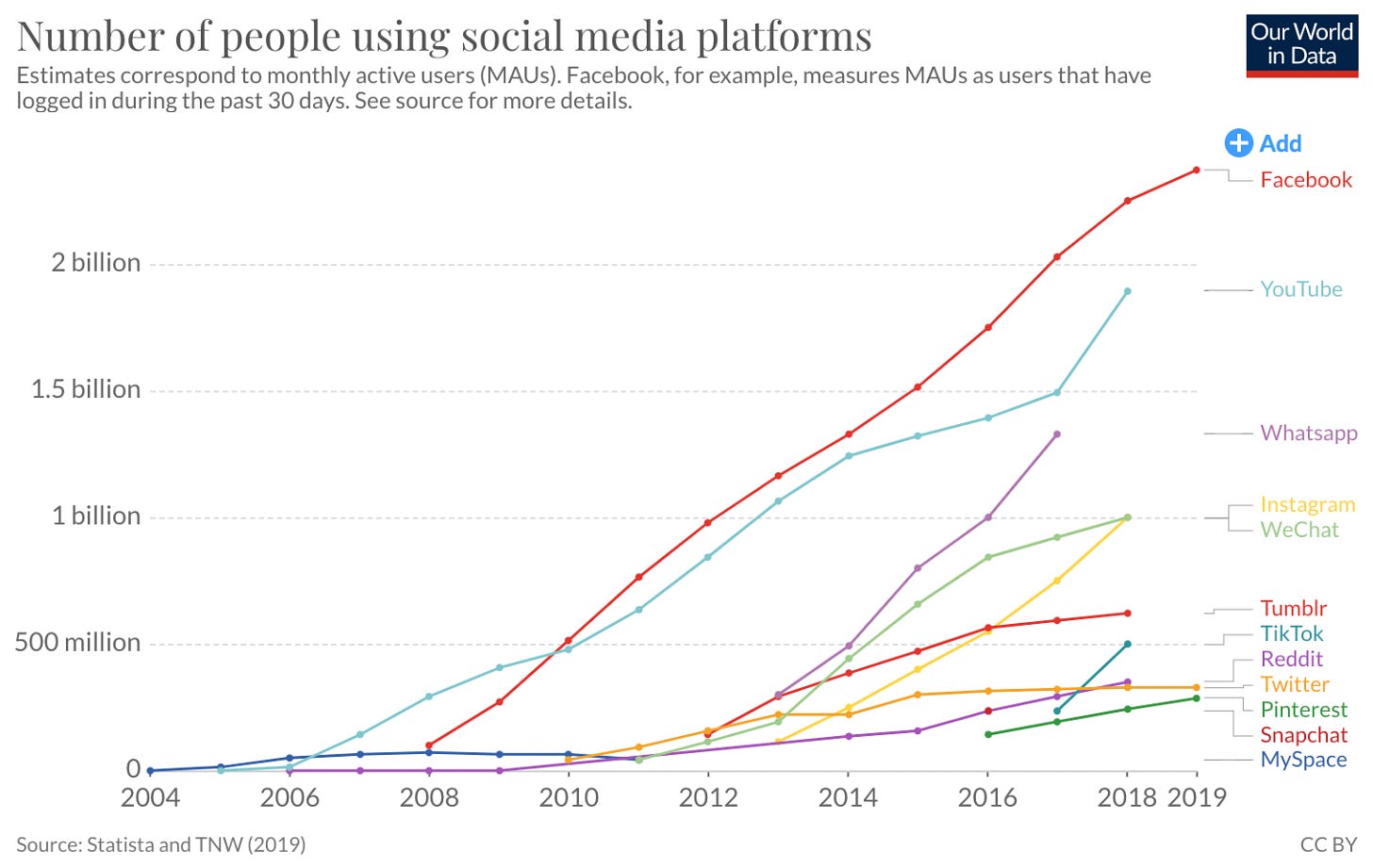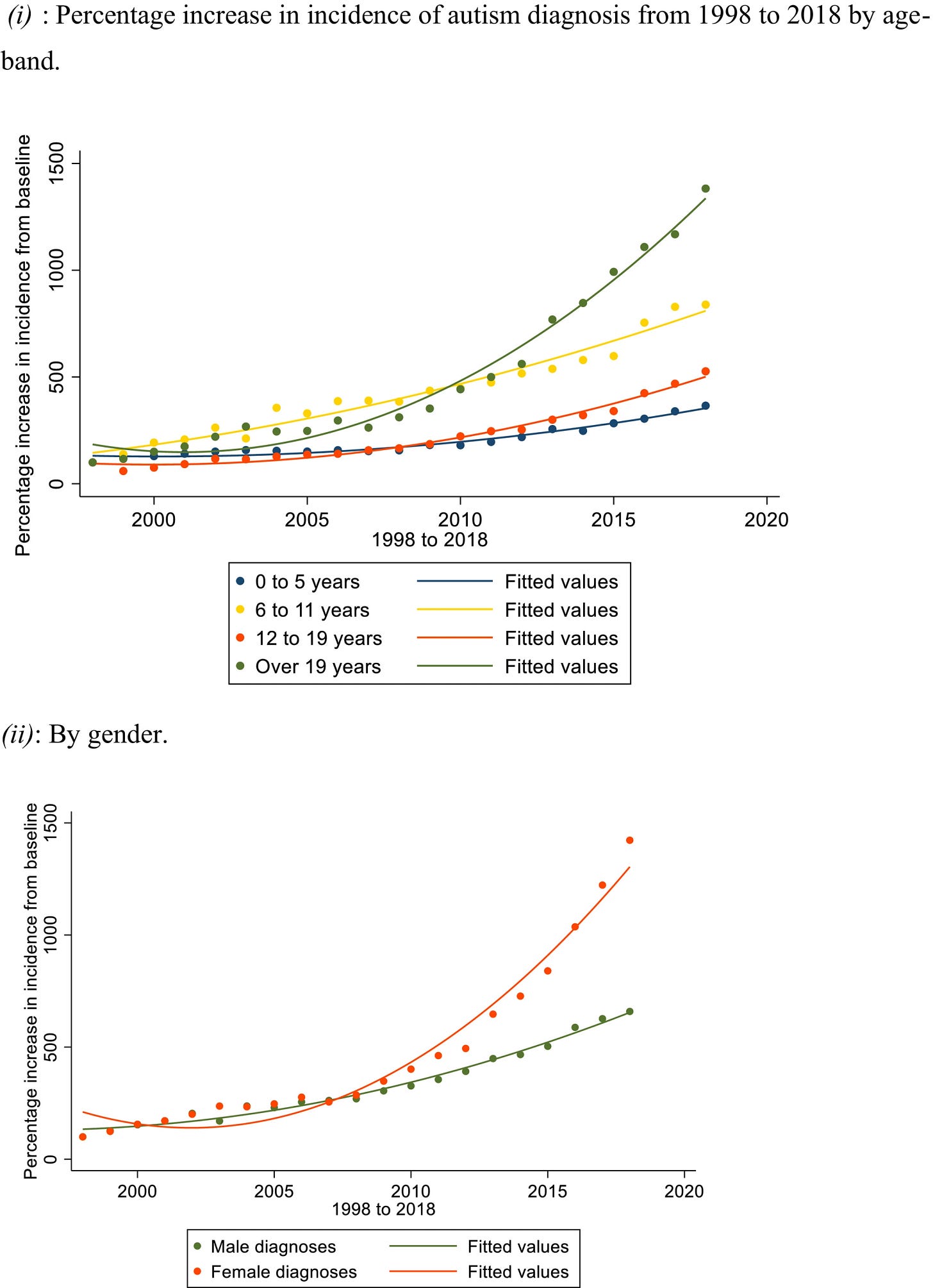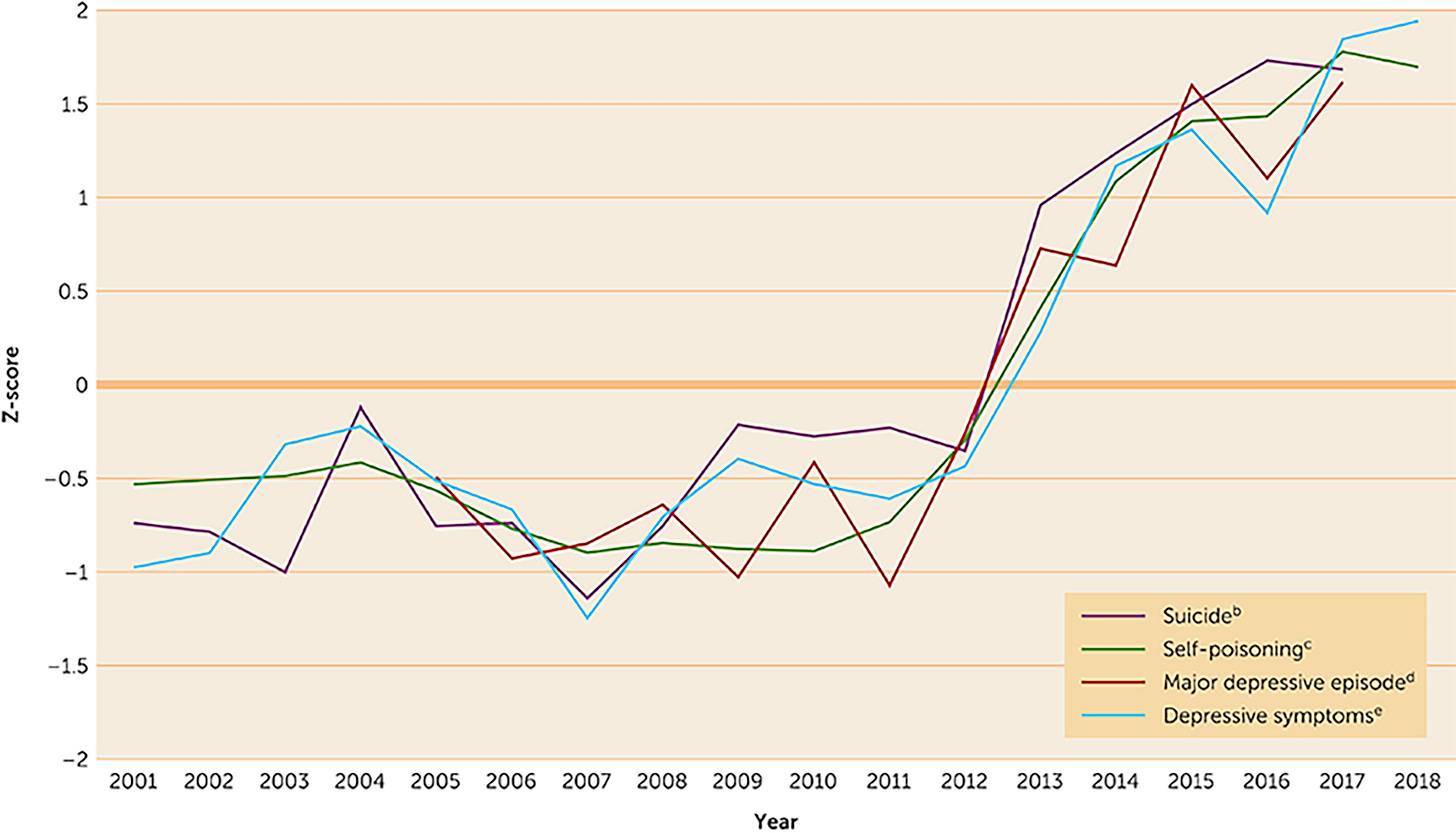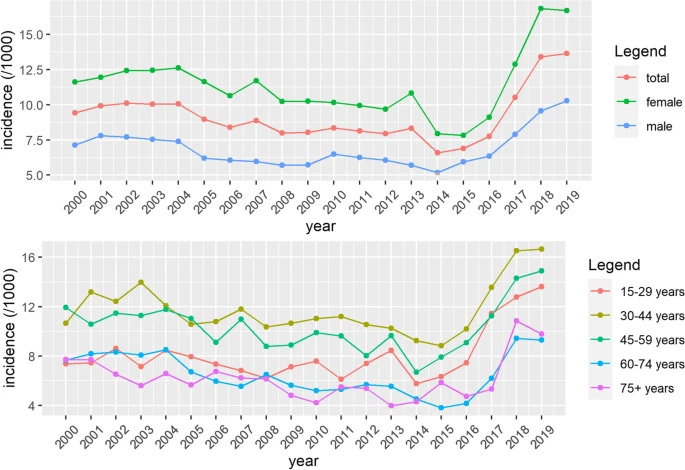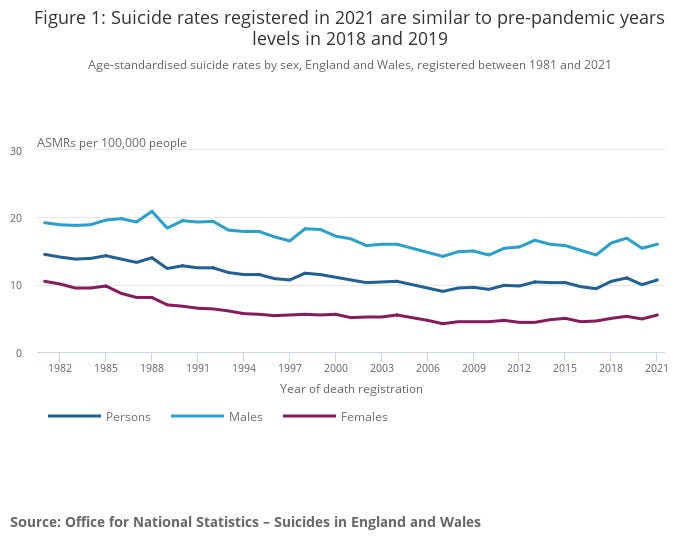This article is a follow up to Social Media Drives You Mad
Between 2012 and 2016 something started happening that seriously damaged the mental health of girls and young women. Males are also affected to a lesser degree.
The rate of mental illness such as depression, anxiety and self harm doubled during this period. The incidence of Autism Spectrum Disorder (ASD) rose tenfold in girls between 2009 and 2017. The sudden rise in prevalence that is found in depression, anxiety and ASD is not found in some other problems such as ADHD, OCD and psychoses. The various published data describes the increase as a real change, not an increase in diagnosis.
The rise in mental illness correlates with the rise in social media usage but could there be other factors?
The difference in incidence of mental illness between boys and girls is suggestive of an effect of endocrine disruptors. A prime candidate is neonicotinoids which were released into the environment for the first time when the affected girls were in the womb. (See What Is Known About the Exposure and Endocrine Disrupting Properties of Neonicotinoid Pesticides? )
There are other endocrine disruptors that follow a similar pattern.
It is probable that the media, both mainstream and social, would act to magnify social changes that have an underlying organic origin. This would be exacerbated in teenagers who follow trends as fashions. The exploitation of mental illness by the media (which are a business) would normalise it so adding to the problem.
Another important factor is that society has changed dramatically so that both parents work and single parents and disrupted families are very common. A stable family background provides some defence against mild mental illness.
This epidemic of mental illness is extremely serious. It affects about 57% of high school girls in the USA (See Social Media Drives You Mad). It is not acceptable for any government to ignore what is happening.
Data on the epidemic of mental illness:
Links to some papers on the subject are given below.
In the UK there was a massive increase in Autistic Spectrum Disorders (ASD) after 2010, especially in girls. See Time trends in autism diagnosis over 20 years: a UK population-based cohort study. The steady curve for boys and the suddeness of the increase suggests that the rise was not due to a change in diagnostic criteria.
FIGURE 1. Indicators of poor mental health among U.S. girls and young women, 2001–2018a. (12 to 17 year old girls). Psychiatry Online
Incidence of depression in Flanders, Belgium from 2000 to 2019, age-standardized (A) and per age group (B)
British Journal of Psychiatry: ig. 1 Recording of generalised anxiety diagnoses or symptoms by age group and gender. Annual incidence rates (left) for generalised anxiety diagnoses or symptoms were calculated by dividing the annual number of incident cases by the total person-years at risk (PYAR) for each year. Model fitted values (right) were calculated from a Poisson mixed effects model with a time smoother.
Mental illness is also on the rise in Norway. (European Child and Adolescent Psychiatry). Time trends. New diagnoses of anxiety disorders (ANX), PTSD, and OCD per 1000 inhabitants in females (left) and males (right) 3–17 years of age in Norway 2010–2015 as measured by primary health care contacts (KUHR) and secondary health care contacts (NPR). Asterisk: the OCD code in KUHR also includes phobic disorder. Note: Since data from NPR were only available from 2008 onward, some of the registered cases, at least in 2010 and 2011, could have been diagnosed for the first time prior to 2008. Time trends for each anxiety disorder separately, stratified by age group are presented in Supplementary Material S-Fig. 1 (boys) and S-Fig. 2 (girls)
The good news is that the anxiety and depression are not translating into suicide in the UK:



